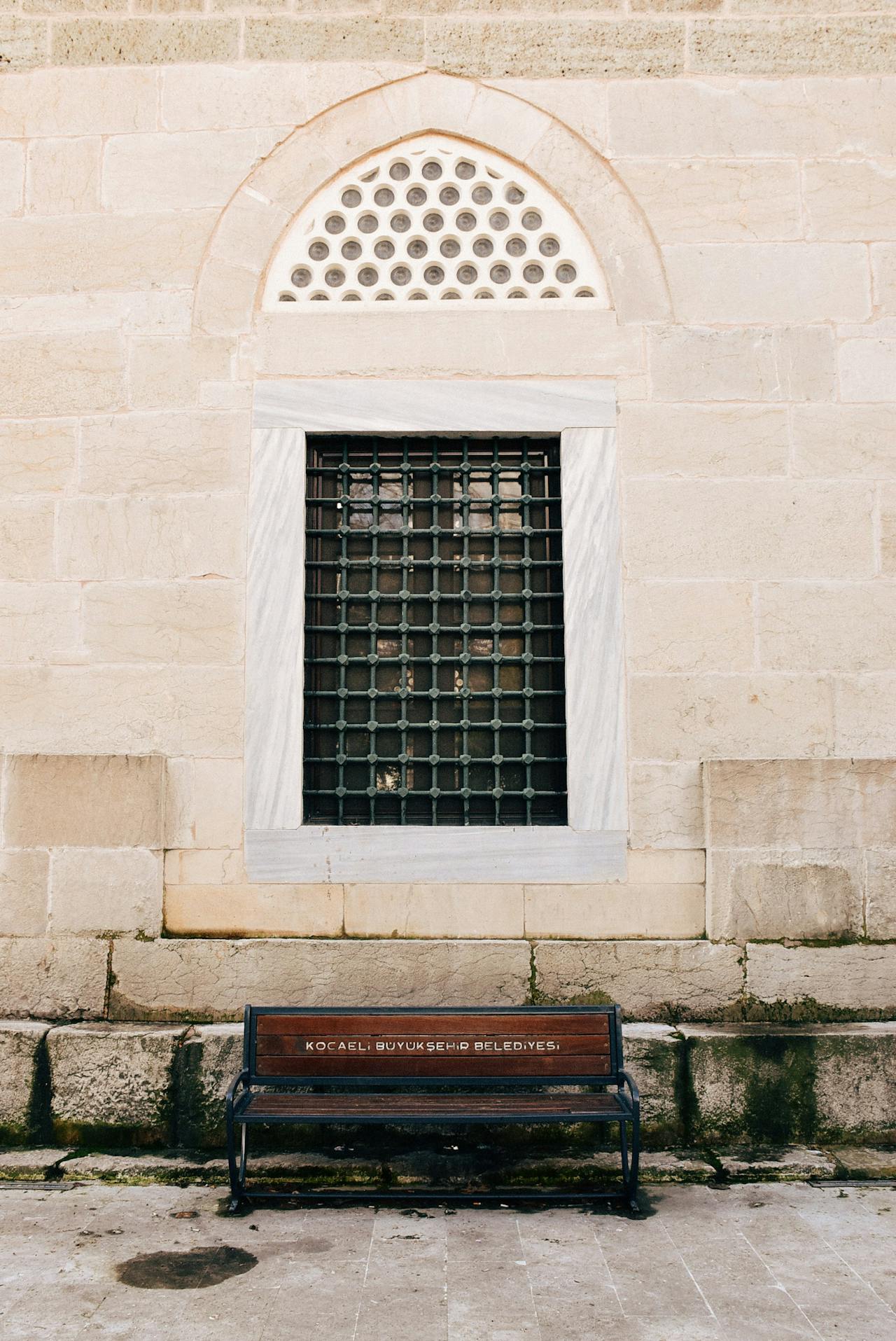
It is an essential element in modern construction and interior design. It provides not only creative appearance but also functional benefits such as insulation, weather resistance, and structural integrity.
The choice of cladding materials can significantly impact the overall look and feel of a building. This article uses various types of materials and cladding, including wooden wall, brick wall, concrete wall, and stone cladding, highlighting their unique features and applications.
Wooden wall cladding is a popular choice for both interior and exterior applications. It offers a natural and warm elegance that can enhance the visual interest of any space. Wooden cladding can be used to create a rustic, traditional, or modern look, depending on the type of wood and the finish used.
These cladding is available in various forms, such as planks, panels, and shingles. It is known for its excellent insulation properties and ability to regulate indoor humidity levels.
However, it requires regular maintenance to prevent issues like rot, insect infestation, and weather damage. With proper care, it can last for many years and add timeless beauty to your home or building.
Brick wall cladding provides a classic and durable finish that has been used in construction for centuries. It offers excellent thermal insulation, fire resistance, and low maintenance, making it a practical choice for many applications.
Brick cladding can be used to create a traditional or modern look, depending on the color, size, and arrangement of the bricks. This is often used in exterior applications to give buildings a robust and timeless appearance.
It is also used in interior spaces to create feature walls that add texture and character. The creativity of this makes it suitable for a wide range of design styles and architectural settings.
Concrete wall cladding is known for its strength, durability, and modern look. It is a flexible material that can be molded into various shapes, textures, and finishes, making it suitable for both exterior and interior applications.
Concrete cladding can be used to create a sleek, industrial look or a more textured and rustic appearance, depending on the finish. One of the main advantages of concrete cladding is its low maintenance and long lifespan.
It is resistant to weather, fire, and pests, making it an ideal choice for buildings in harsh environments. Additionally, concrete cladding can be combined with insulation materials to improve energy efficiency and thermal performance.
Natural stone cladding is a premium option that adds elegance and smoothness to any building. It is available in various types of stones, such as granite, marble, limestone, and slate, each with its unique color, texture, and pattern.
Stone cladding is known for its durability, natural beauty, and ability to withstand the elements. It can be used for both exterior and interior applications, creating stunning feature walls, facades, and modulation pieces.
It is also a sustainable choice, as it is made from natural materials that can be recycled or repurposed. However, stone cladding can be more expensive and challenging to install compared to other materials, but its long-lasting beauty and performance make it a worthwhile investment.
When choosing the right cladding material for your project, it is essential to consider factors such as beauty, durability, maintenance, and cost. Each material has its advantages and drawbacks, so it's crucial to weigh these aspects based on your specific needs and preferences.
For instance, wooden cladding offers a warm and natural look but requires regular maintenance. Brick cladding provides a classic and durable finish with low maintenance.
Concrete wall cladding offers strength and originality, while natural stone adds elegance and smoothness but can be more expensive and challenging to install.
This is a vital component of modern construction and interior design, offering both beauty and functional benefits. Whether you choose wooden cladding, brick cladding, concrete cladding, or natural stone cladding, each material has its unique features and applications that can enhance your space.
By understanding the characteristics of different cladding materials, you can make an informed decision that suits your style, budget, and maintenance preferences, ensuring a beautiful and durable finish for your project.
1. What is wall cladding, and why is it important?
It is a layer of material applied to the exterior or interior walls of a building to enhance its appearance, provide insulation, and protect against weather elements. It is important for improving the beauty, durability, and energy efficiency of a building.
2. What are the benefits of using wooden wall cladding?
They offer a natural and warm look, excellent insulation properties, and the ability to regulate indoor humidity levels. However, it requires regular maintenance to prevent rot, insect infestation, and weather damage.
3. How does brick wall cladding compare to other materials?
They are known for its classic and durable finish, excellent thermal insulation, fire resistance, and low maintenance. It can create both traditional and modern looks, making it versatile for various architectural styles.
4. What are the advantages of concrete wall cladding?
It is strong, durable, and versatile, suitable for both exterior and interior applications. It offers low maintenance, resistance to weather, fire, and pests, and can be combined with insulation materials for improved energy efficiency.
5. Why choose stone cladding for your project?
They add elegance, sophistication, and natural beauty to any building. It is durable, sustainable, and available in various types of stones, each with unique colors, textures, and patterns. However, it can be more expensive and challenging to install compared to other materials.












